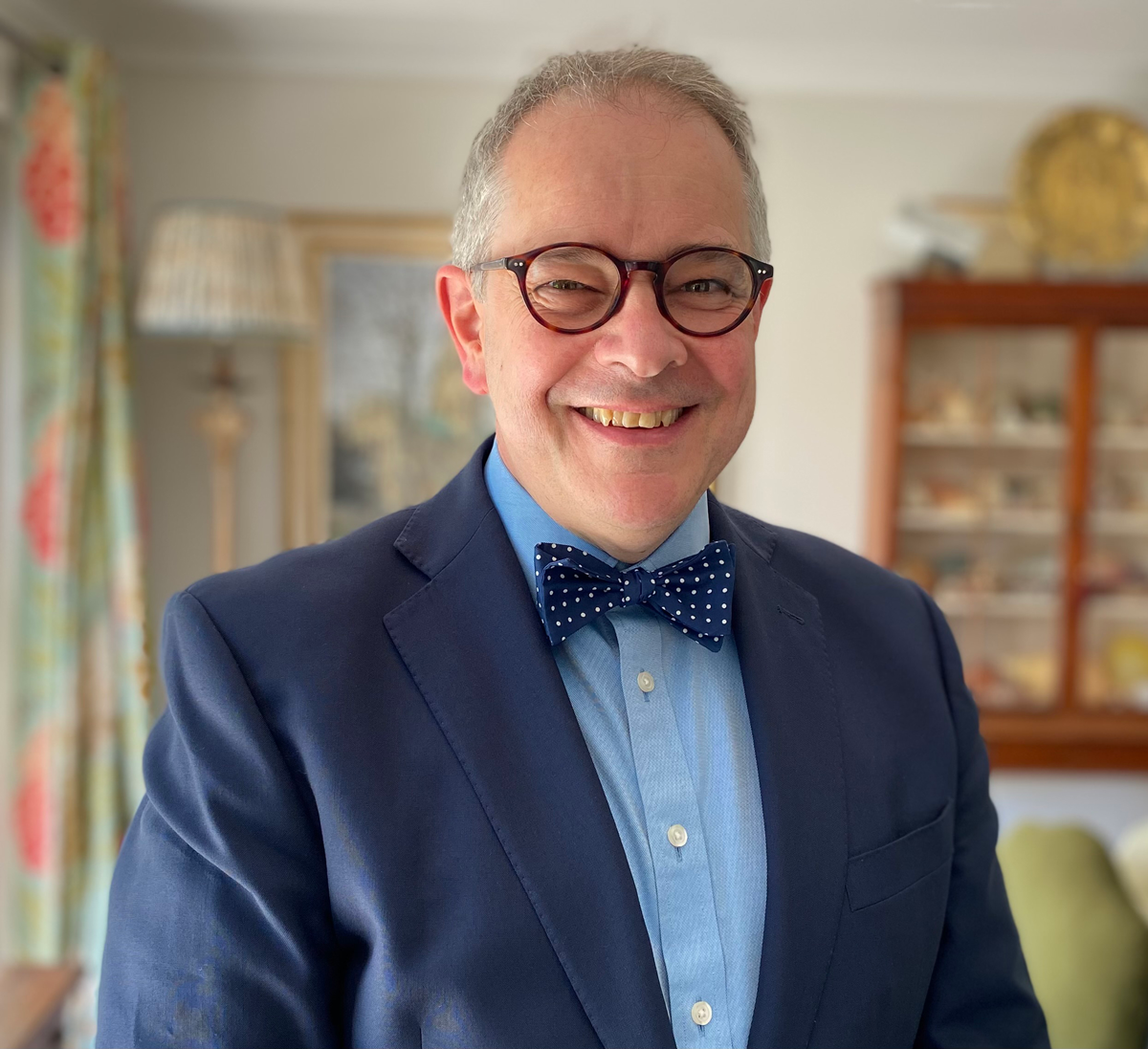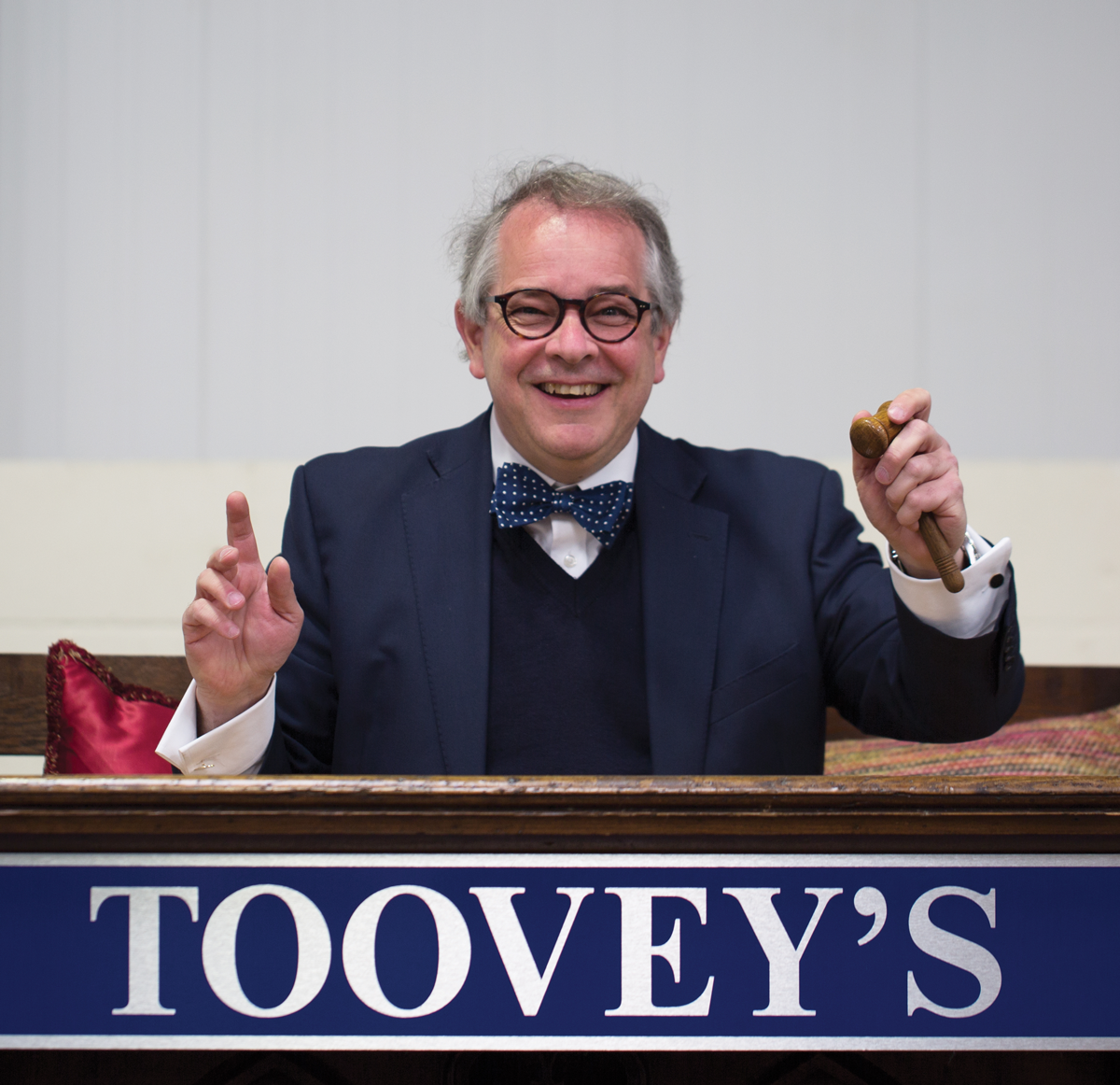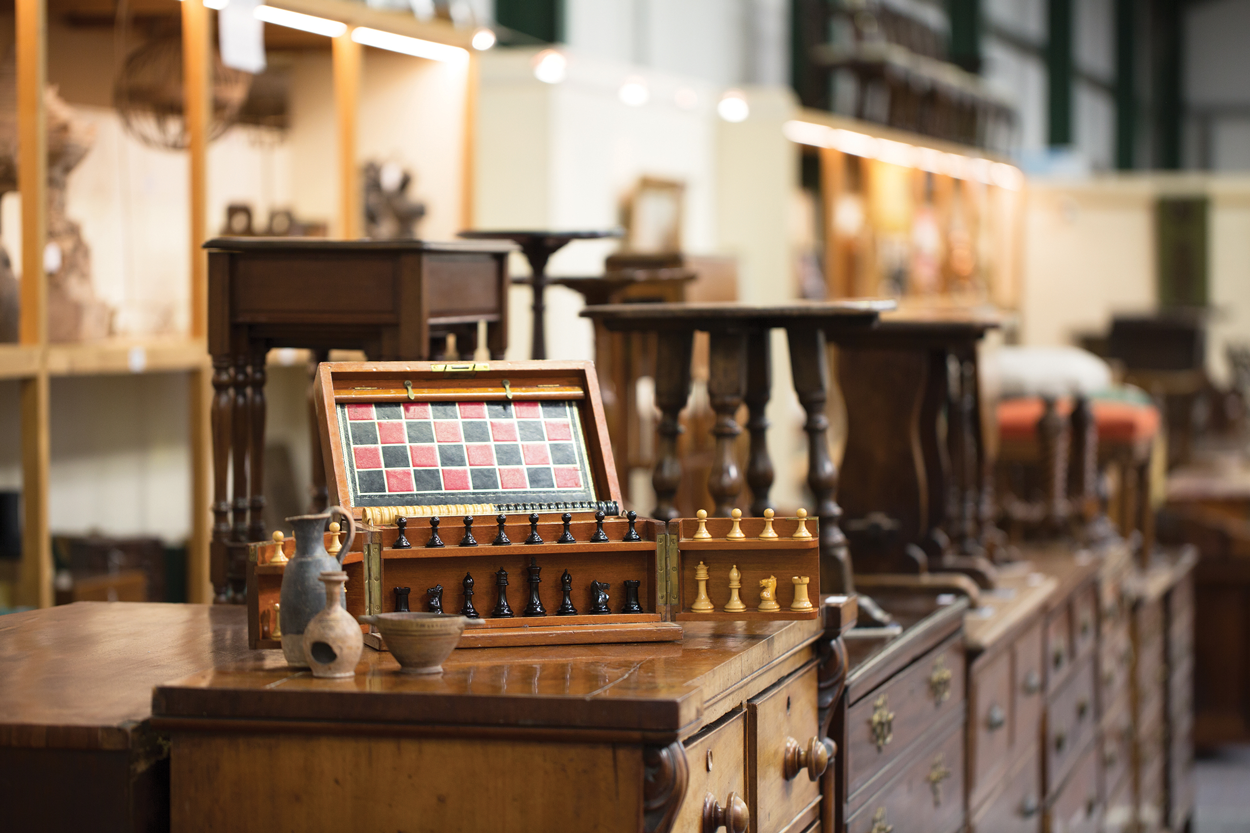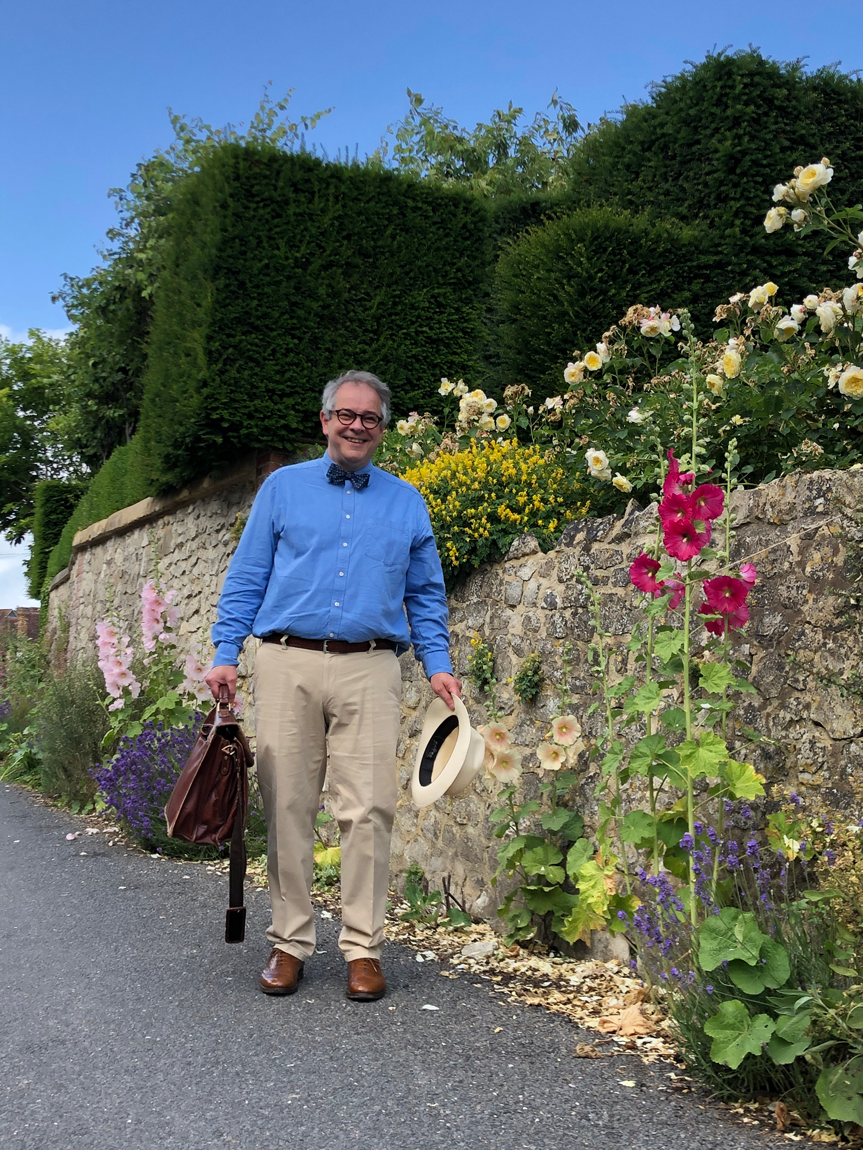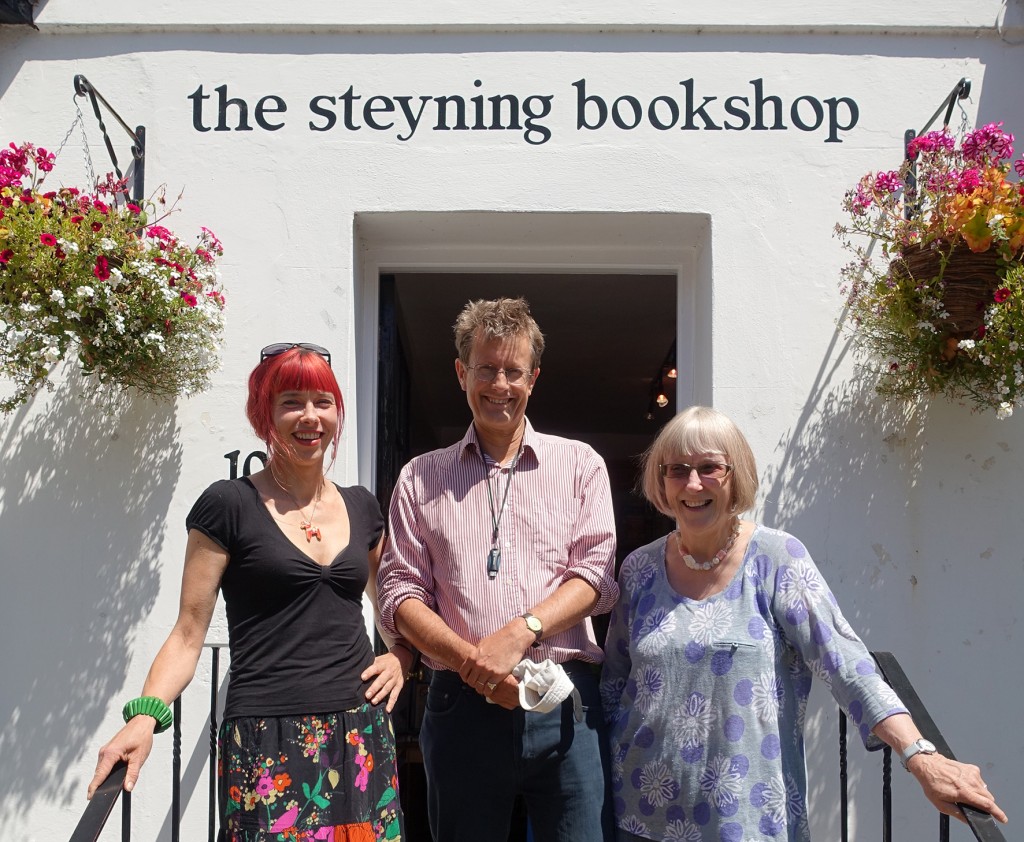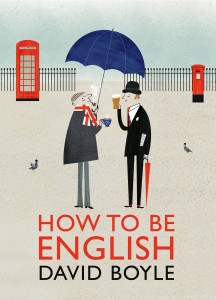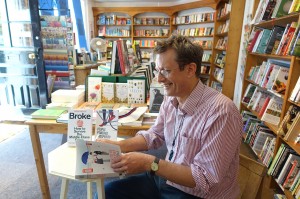
As the year begins to draw to a close I have been reflecting on how blessed I am to be have been called to serve people as an auctioneer for 40 years.
The stories of our lives are so often told through the art and objects that accompany us and it is the sharing of these stories, stories of both joys and sorrows, which bind us together with others. The objects are prompts to fond memory reflecting the patchwork quilt of our lives. I am invited to view and value collections across our beautiful county for probate, insurance and sale. I and my colleagues at Toovey’s often accompany people at profound moments of change, they may have lost someone dear to them or are moving, downsizing. Helping people to discern what objects are important in their lives and what should not be sold is vital before advising on what may be released to auction. Another of the great privileges of my life is being invited to support our county’s communities and charities by giving talks and supporting our extraordinary charities and organisations with fund raising events and auctions. There is so much to celebrate in Sussex.

It was my homegrown hero Grandpa who first suggested that I should consider being an actor, an auctioneer or a vicar. In response to this advice I remember replying “What’s an auctioneer?” And with that we grabbed our hats and coats and walked briskly out into a cool October afternoon. Our footsteps echoed against the old brick walls as we walked down the Morph and into Horsham’s Causeway turning right towards the Old Town Hall dodging the traffic in the Carfax. Up a twitten behind the newsagent the warm glow of the lights from a small office spilled into the courtyard and beyond a huge wooden pea green door hung on runners at the very top of the building greeted us. We swung on the personnel door which had swollen in the rain. It burst open to reveal a tall room filled with people. Above the crowd Jack Ash called the bidding “Two-twenty, twenty, twenty, at two hundred and twenty – selling” followed by the crack of the gavel on the old oak Rostrum. The ritual of the auction continued at pace as the porters cried “Showing here sir!” before each lot. Wonderful people, the theatre of the sale day and a room filled with beautiful things I was captivated, and I still am.
